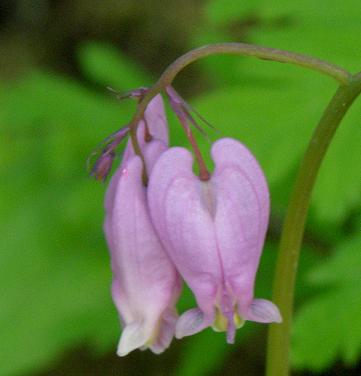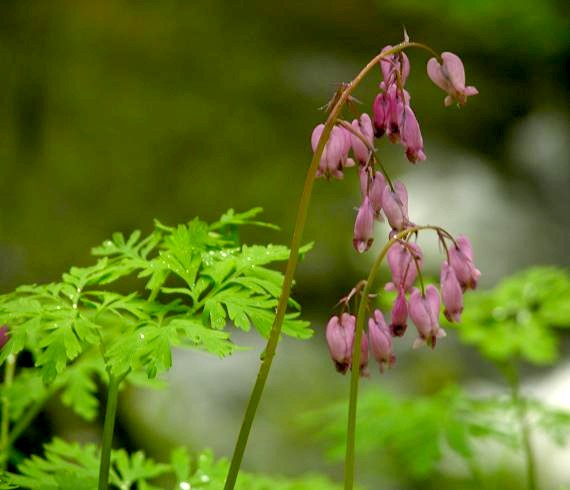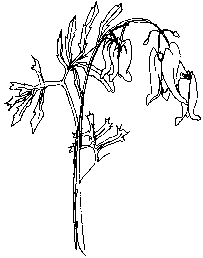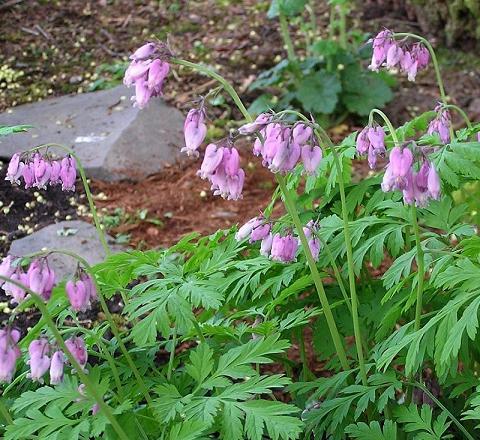|
|
|
Hansen's Northwest Native Plant Database |
|
|
|
Dicentra formosa ssp. formosa
(Bleeding Heart)
|
 |
|||||||||||||||||||||||||||||||||
|
||||||||||||||||||||||||||||||||||
|
This beautiful perennial is native to the Pacific Northwest (USDA 7-10). It is very similar to the cultivated varieties but has a substantially longer bloom time. In fact, it remains in flower all through the spring and summer. Fleshy textured, deeply cut leaves are as delicate as lace, and pendant, pink to purple flowers have gentle fragrance. Bleeding Heart likes shady, moist areas and makes an excellent understory plant. I fell in love with this plant at the tender age of 4, and it remains a personal favorite over 60 years later. A must for every garden. |
||||||||||||||||||||||||||||||||||


 |
||||||||||||||||||||||||||||||||||
|
Photos We Share!
|
|||||||||||||||||||||||||||||||||
|